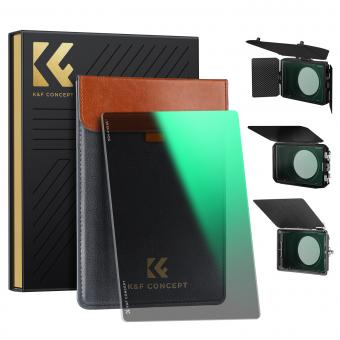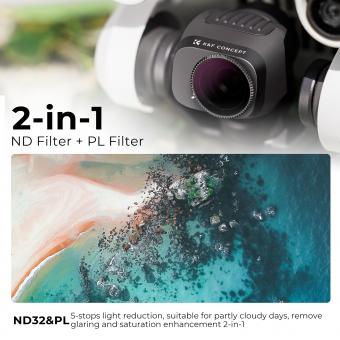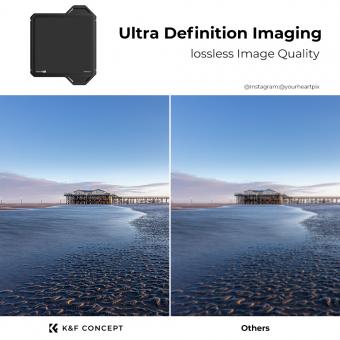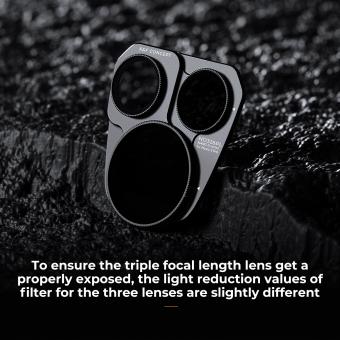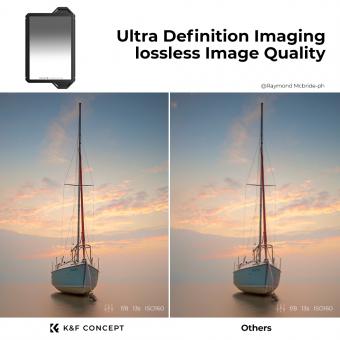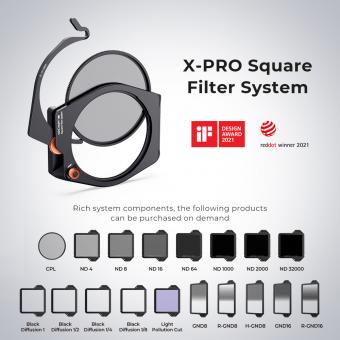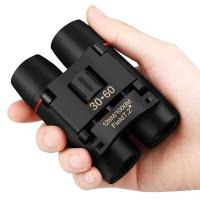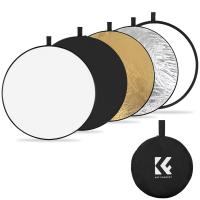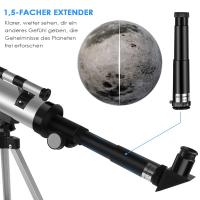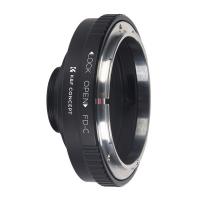.6 Nd Filter How Many Stops ?
A .6 ND filter typically reduces the amount of light entering the camera by 2 stops.
1、 Definition and Purpose of a 6 ND Filter
A 6 ND filter, also known as a 6-stop neutral density filter, reduces the amount of light entering the camera by six stops. This means that it allows only 1/64th of the original light to pass through.
The purpose of a 6 ND filter is to achieve longer exposure times or wider apertures in bright lighting conditions. By reducing the amount of light, it helps to balance the exposure and prevent overexposure in situations where the available light is too intense. This is particularly useful in landscape photography, where longer exposures can create a sense of motion in water or clouds, or in portrait photography, where a wider aperture can create a shallow depth of field.
The 6 ND filter is also commonly used in videography to achieve a cinematic look by allowing for slower shutter speeds. This can result in smoother motion blur and more natural-looking footage.
In recent years, there has been a growing trend towards using higher-density ND filters, such as 10-stop or even 15-stop filters. These filters allow for even longer exposures and greater creative control over the final image. However, the 6 ND filter remains a popular choice for many photographers due to its versatility and ability to balance exposure in a wide range of lighting conditions.
Overall, the 6 ND filter is a valuable tool for photographers and videographers, allowing them to control the amount of light entering the camera and achieve desired creative effects.
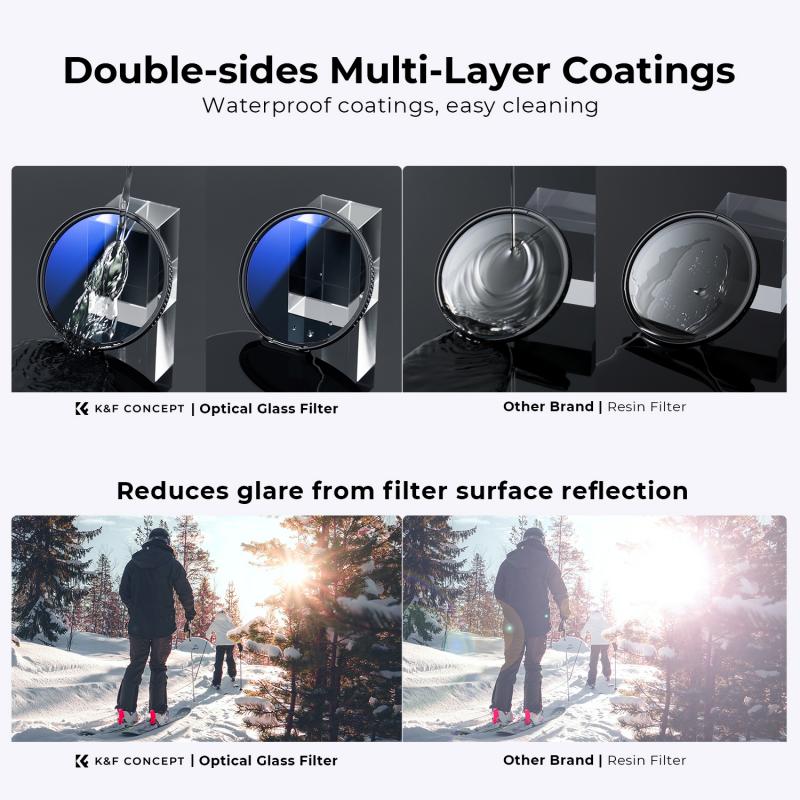
2、 Stops and Light Reduction of a 6 ND Filter
A 6 ND filter, also known as a 6-stop neutral density filter, reduces the amount of light entering the camera by 6 stops. This means that it allows only 1/64th of the original light to pass through.
Neutral density filters are commonly used in photography and videography to achieve certain creative effects. By reducing the amount of light, they allow for longer exposure times, which can result in motion blur or smooth water effects. They also enable the use of wider apertures in bright conditions, allowing for shallow depth of field.
The light reduction provided by a 6 ND filter is significant. For example, if you were shooting at a shutter speed of 1/1000th of a second without the filter, with the filter attached, you would need to use a shutter speed of 1/15th of a second to achieve the same exposure. This can be particularly useful in situations where you want to capture movement or create a sense of stillness in a scene.
It's important to note that the light reduction provided by a 6 ND filter is fixed and cannot be adjusted. If you require a different level of light reduction, you would need to use a different strength of ND filter. There are various strengths available, ranging from 1-stop to 10-stop filters, each providing a different level of light reduction.
In conclusion, a 6 ND filter reduces the amount of light entering the camera by 6 stops, allowing for creative effects such as long exposures and shallow depth of field in bright conditions.
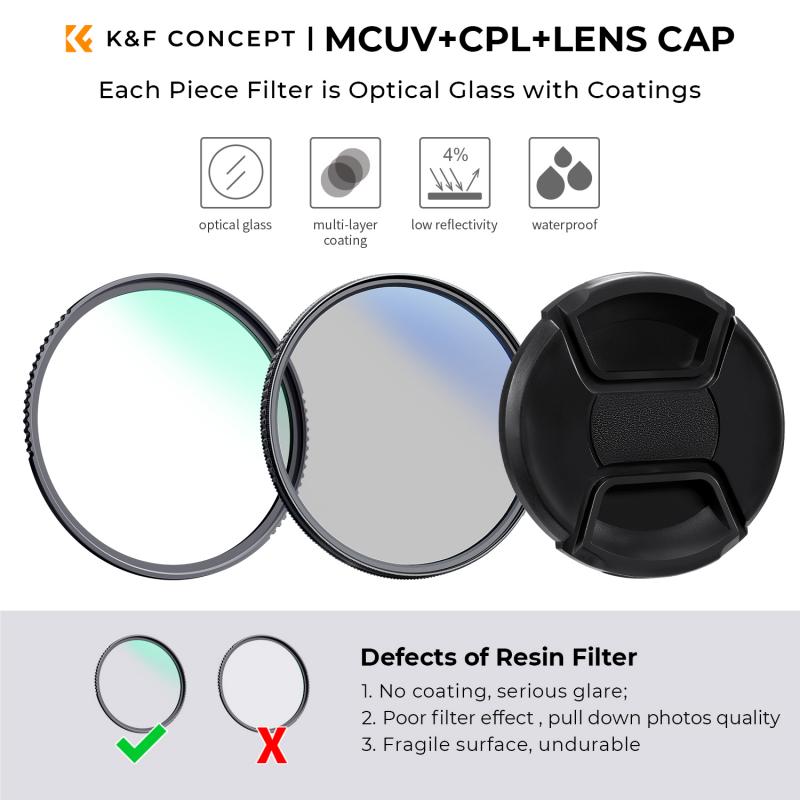
3、 Effects on Exposure and Shutter Speed with a 6 ND Filter
A 6 ND filter, also known as a 0.6 ND filter, reduces the amount of light entering the camera by 6 stops. This means that it allows only 1/64th of the original amount of light to pass through the lens.
The main purpose of using an ND filter is to control the exposure in situations where there is too much light. By reducing the amount of light entering the camera, it allows for longer shutter speeds or wider apertures to be used without overexposing the image. This is particularly useful in bright outdoor conditions or when shooting long exposures during the day.
In terms of exposure, a 6 ND filter will effectively darken the scene by 6 stops. This means that if you were shooting without the filter and had a correct exposure at, let's say, f/8 and 1/250th of a second, with the 6 ND filter attached, you would need to adjust your settings to compensate for the reduced light. In this case, you might need to open up the aperture to f/2.8 and/or decrease the shutter speed to 1/15th of a second to achieve the same exposure.
It's important to note that using an ND filter will also affect the depth of field and motion blur in your images. With a wider aperture and longer shutter speed, you can achieve a shallower depth of field and create motion blur effects, such as smooth water or blurred movement in a crowded street.
Overall, a 6 ND filter is a valuable tool for photographers who want to have more control over their exposure in bright lighting conditions and create unique effects in their images.

4、 Choosing the Right 6 ND Filter for Your Needs
A 6 ND filter, also known as a 6-stop neutral density filter, is a popular choice among photographers and videographers. It is designed to reduce the amount of light entering the camera by 6 stops, allowing for longer exposure times or wider apertures in bright conditions.
The main purpose of using a 6 ND filter is to achieve creative effects such as motion blur in waterfalls or rivers, capturing light trails in low-light conditions, or shooting with a shallow depth of field in bright sunlight. By reducing the amount of light, it helps to balance the exposure and prevent overexposure in these situations.
When choosing a 6 ND filter, there are a few factors to consider. Firstly, the quality of the filter is crucial to maintain image sharpness and color accuracy. Look for reputable brands that use high-quality materials and coatings to minimize any potential loss in image quality.
Additionally, the size of the filter should match the diameter of your lens. Many filters come in standard sizes, but it's important to check the specifications of your lens to ensure compatibility.
Lastly, consider the type of filter you prefer. There are screw-on filters that attach directly to the lens, as well as square or rectangular filters that require a filter holder system. Each type has its advantages and disadvantages, so choose the one that suits your shooting style and needs.
In recent years, advancements in filter technology have led to the introduction of variable ND filters, which offer adjustable light reduction. These filters allow you to vary the amount of light reduction within a certain range, providing more flexibility in different lighting conditions. However, it's worth noting that variable ND filters may introduce some color cast or image quality issues at extreme settings.
In conclusion, a 6 ND filter is a versatile tool for photographers and videographers, allowing for creative control over exposure in bright conditions. Consider the quality, size, and type of filter that best suits your needs, and don't hesitate to explore the latest advancements in filter technology for even more flexibility in your shooting.



